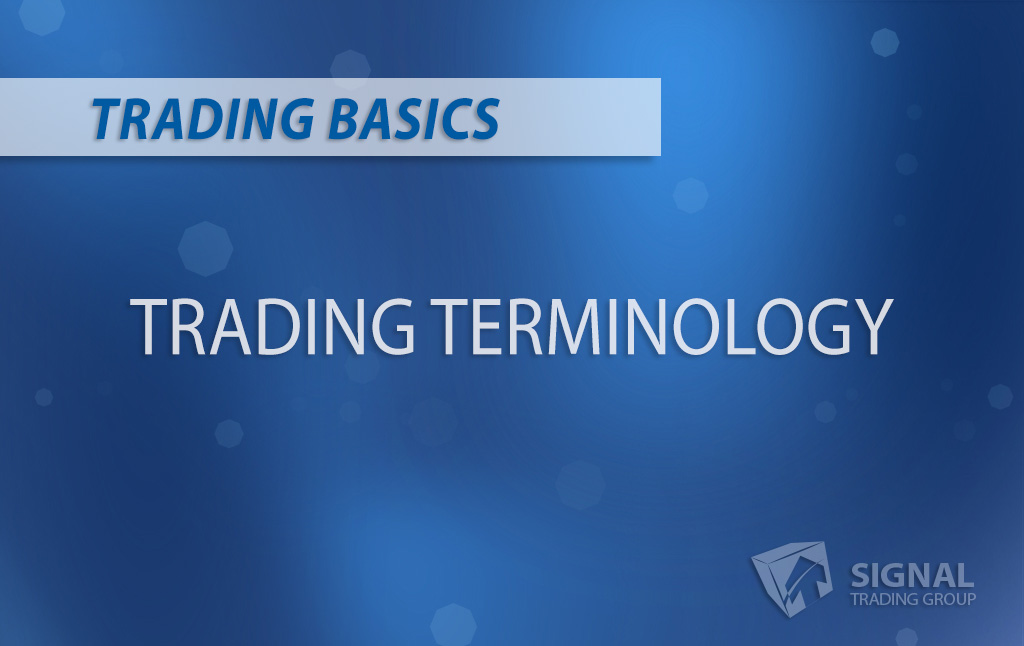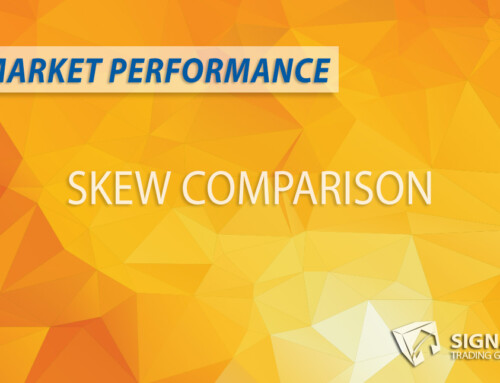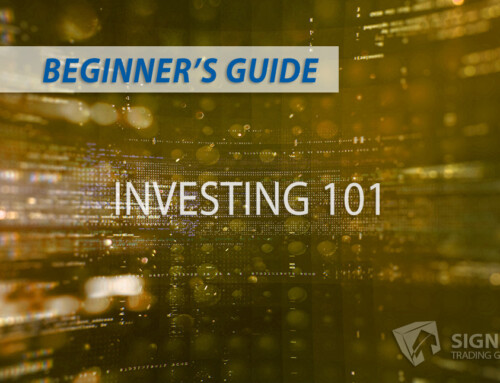Hawkish vs. Dovish: Decoding Central Bank Language
In finance and economics, the terms “hawkish” and “dovish” are frequently used to describe the monetary policy stance of a country’s central bank or even the tone of a central banker’s speech. While these terms may sound like jargon borrowed from an ornithologist’s handbook, they carry significant weight in financial markets. In this blog post, we will demystify these terms, delve into their implications, and help you understand their impact on the economy and markets.
The Hawks and Doves of Monetary Policy
The terms hawkish and dovish are derived from the natural world. Hawks are aggressive birds that hunt their prey, while doves are seen as gentle and peaceful. These characteristics are metaphorically applied to describe the behavior of central bankers concerning managing inflation and economic growth.
What Does Hawkish Mean?
A hawkish stance refers to a more aggressive monetary policy approach. Hawkish policymakers prioritize keeping inflation in check over boosting economic growth. They worry that an overheated economy could lead to excessively high inflation. Thus, they are more likely to suggest or implement higher interest rates to keep inflation at their target level.
What Does Dovish Mean?
On the other hand, a dovish stance indicates a more accommodative monetary policy. Dovish policymakers prioritize stimulating economic growth, even if it means running the risk of slightly higher inflation. They are less concerned about inflation and more likely to suggest or implement lower interest rates to encourage borrowing and investment, stimulating economic growth.
Implications of Hawkish and Dovish Monetary Policies
A hawkish monetary policy can affect the economy and markets in several ways:
- Higher Borrowing Costs: As interest rates rise, so does the cost of borrowing. This can slow down investment and spending, both by consumers and businesses.
- Stronger Currency: Higher interest rates can attract foreign investors seeking better returns, increasing demand for the currency and causing it to appreciate.
- Potential Stock Market Decline: Higher borrowing costs can reduce corporate profits, leading to stock price declines.
Conversely, a dovish monetary policy also has several effects:
- Lower Borrowing Costs: Lower interest rates decrease the cost of borrowing, potentially spurring investment and spending.
- Weaker Currency: Lower interest rates may make a country’s bonds less attractive to foreign investors, reducing demand for the currency and causing it to depreciate.
- Potential Stock Market Rise: Lower borrowing costs can increase corporate profits, potentially leading to stock price rises.
Hawkish vs. Dovish: The Balancing Act
Central banks must constantly balance between stimulating economic growth and controlling inflation. Too hawkish a stance could stifle growth and lead to an economic slowdown. On the other hand, too dovish a stance could spur excessive inflation, eroding purchasing power and potentially leading to a ‘boom-bust’ cycle.
Understanding whether a central bank’s stance is hawkish or dovish can provide valuable insight into future monetary policy and its potential impact on the economy and markets. However, it’s essential to remember that many factors influence economic outcomes, and the central bank’s stance is just one piece of the puzzle.
To conclude, while the language of central banks may seem obscure, terms like hawkish and dovish offer a way to decode the intentions behind monetary policies. So next time you hear that a central bank has turned hawkish or dovish, you’ll know exactly what direction the economic winds are blowing.




